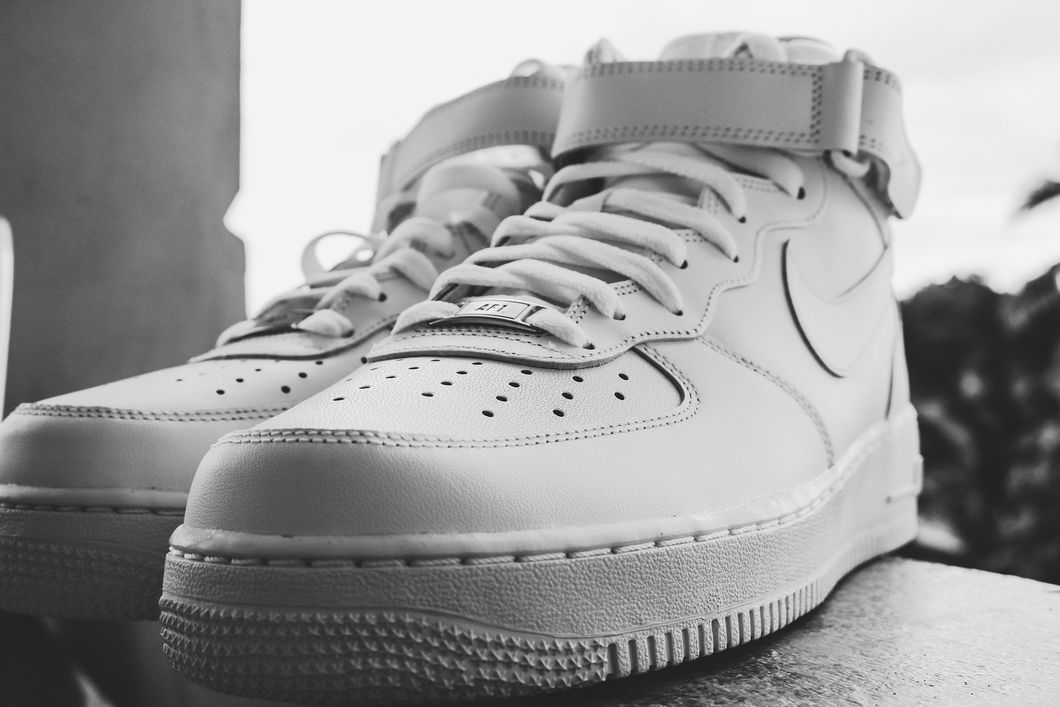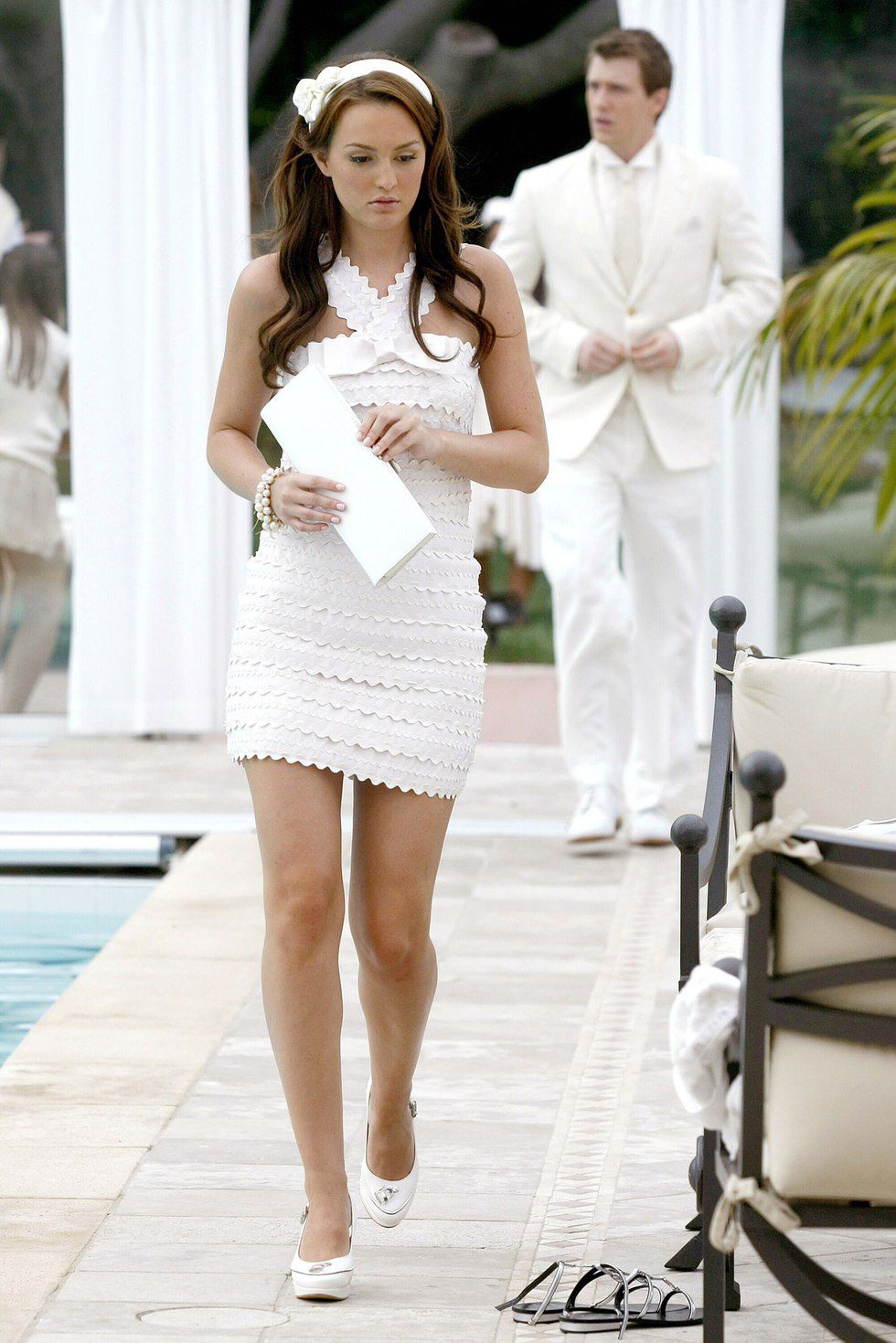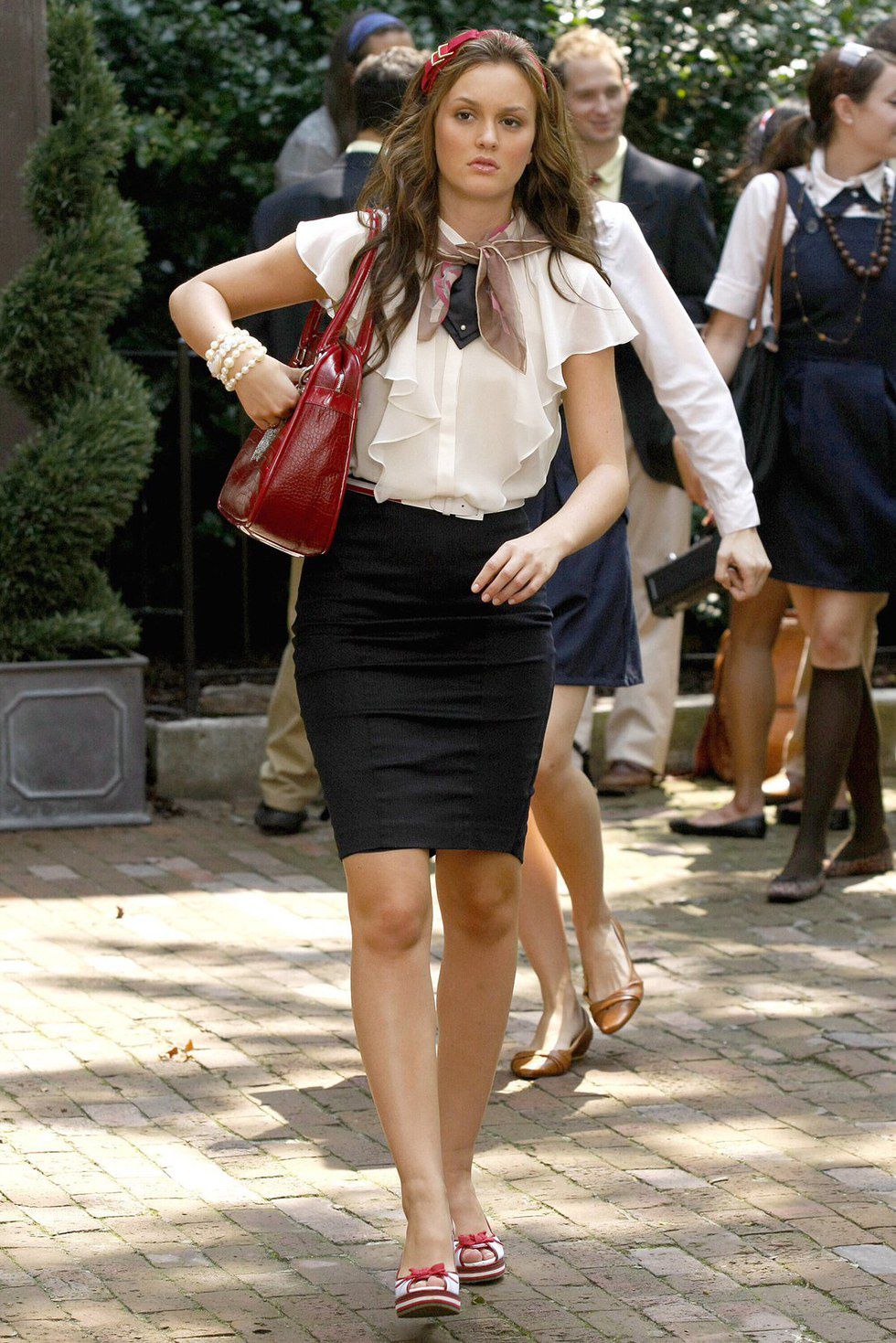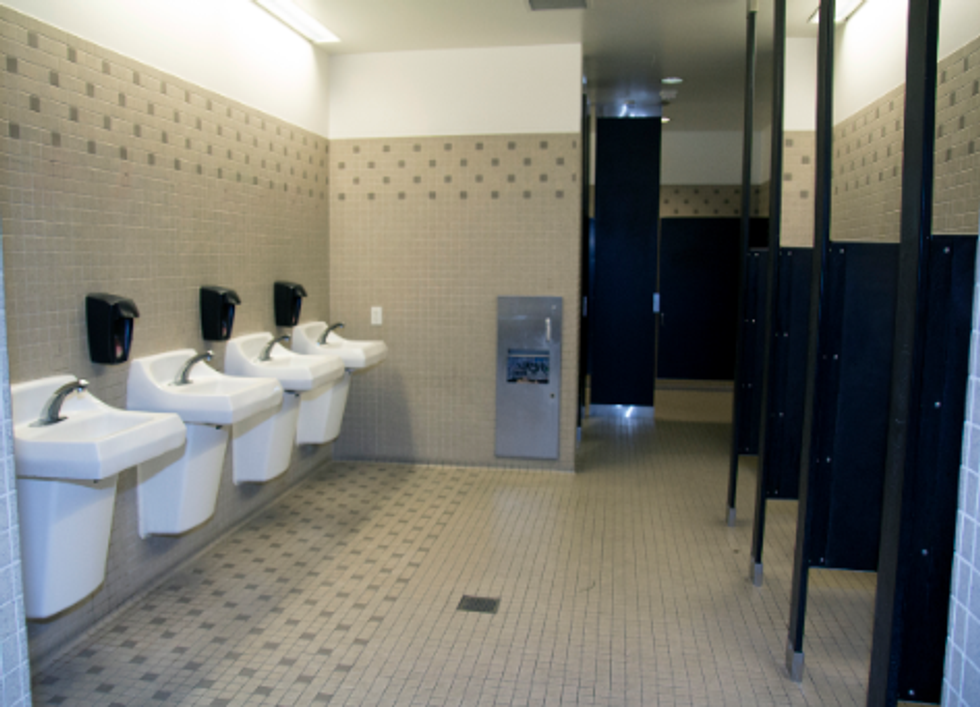First, I would like to thank my dad for being an avid sneaker-head and teaching me the importance of a good shoe.
It is safe to say, I got my first pair of Jordans before I could even walk. I distinctly remember my grandmother trying to buy my siblings and I Sketchers, and my dad would always laugh. To understand why communities cherish this culture, you have to understand how they built it.
Early on, the bridge between Hip-Hop and basketball was always that they were both seen as a means to rise above poverty. Naturally, these are the people who become our idols. We respect the hustle and admire those who make a name for themselves when all the odds were stacked against them. With admiration, comes the want to emulate these artists and players. The communities they came from paid close attention to their style because that is what success looked like. Success looks like someone from your hood, with the same skin color as you wearing a fresh pair of shoes.

In the late 1970s, the popularity of Adidas' skyrocketed with the majority of NBA players sporting their shell-top shoes (Superstars). It was then that the marketing for sneaker companies took off and the power of a good sneaker was born. That being said, I would argue that sneaker culture was truly born with the release of Nike's Air Force 1s in 1982. Soon after came the first Michael Jordan signature sneaker in 1985. This sparked the boom of sneaker-head culture. Air Force 1s grew in popularity, especially on the East Coast more specifically in good ol' New York. Famous rapper Nelly wrote, "I said give me two pairs (cause) I need two pairs so I can get to stompin' in my Air Force Ones" and that will forever be an anthem, an ode to the sneakers that started a movement.
Today, sneaker culture has certainly changed a bit. There are tons of competing brands, higher prices and new styles are dropped frequently. The sneak-head movement hasn't let up, but it definitely is farther spread, reaching other communities outside of where it originated. In an article written for Complex, Angel Diaz writes, "White girls run the streets with battered and dingy white Air Force 1s and Adidas Superstars, laces all dirty, out here looking like a mechanic straight disrespecting the game. Whatever happened to having your joints looking clean? The gentrification of the shoe game is a clear indication that proves, where people of color go, pop culture follows. This is an undeniable fact.
Those who don't understand might think, "its just shoes, who cares?" but it is a form of self-expression, a representation of the culture that can't be taken away like many other things are. In the same article, Diaz quotes, "The idea that a white/unworn/clean sneaker is better than one that has been worn/used played in is all Black culture and the art of presentation." Whether they're Jordans or Adidas, you can guarantee they'll be kept in the box and clean because it is a movement that's being cared for not just a shoe. Black people are at the forefront of the sneaker-head frenzy and share it with other marginalized communities whether they be of color or just underprivileged. But like the gentrification of neighborhoods, the majority has moved in on this culture and claimed it for themselves.
As Diaz said, the classic sneakers we cherish are being thrown around treated as just a shoe instead of a representation of culture. But, no matter what, my all white G-Fazos will remain crisp and uncreased. The ritual of sneaker cleaning will never waver just like the culture.











 Photo by
Photo by 








